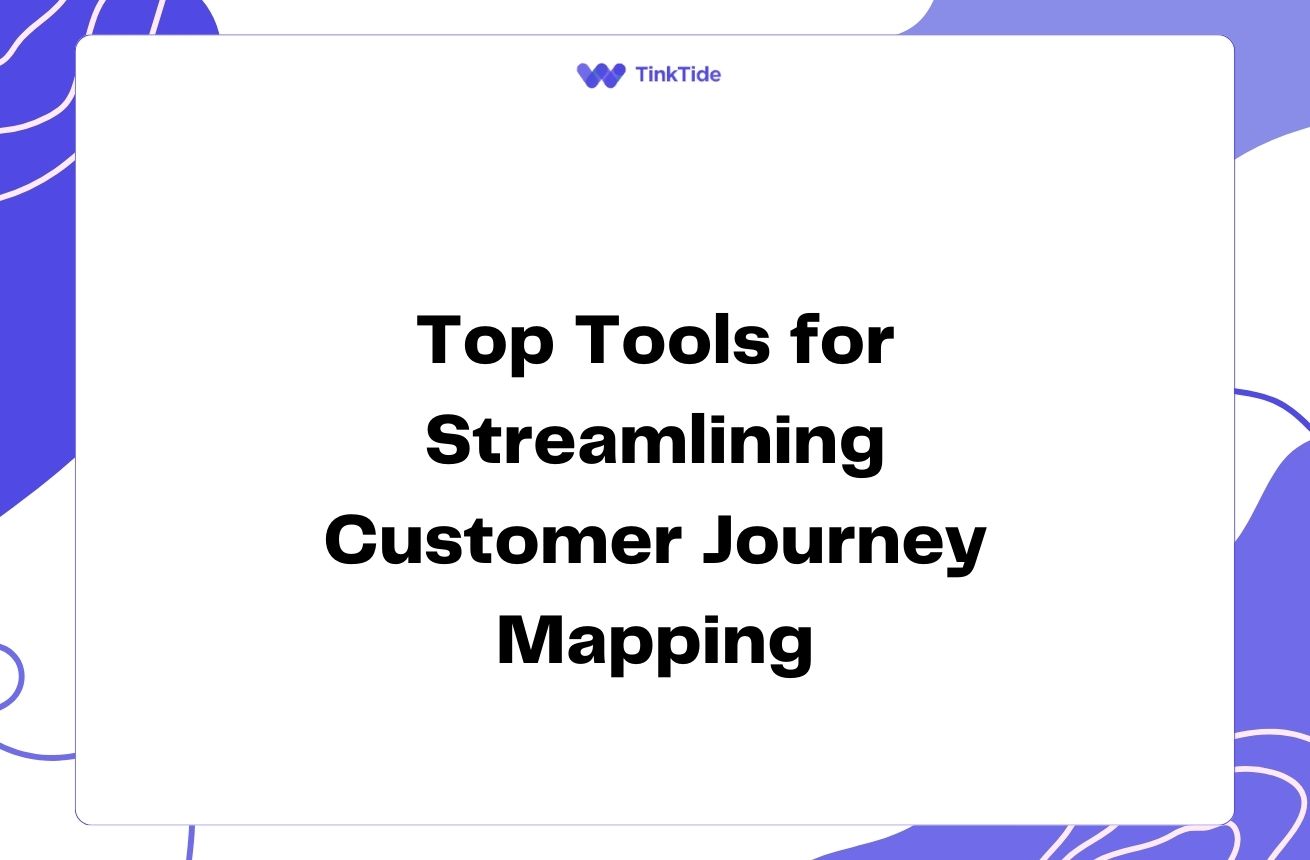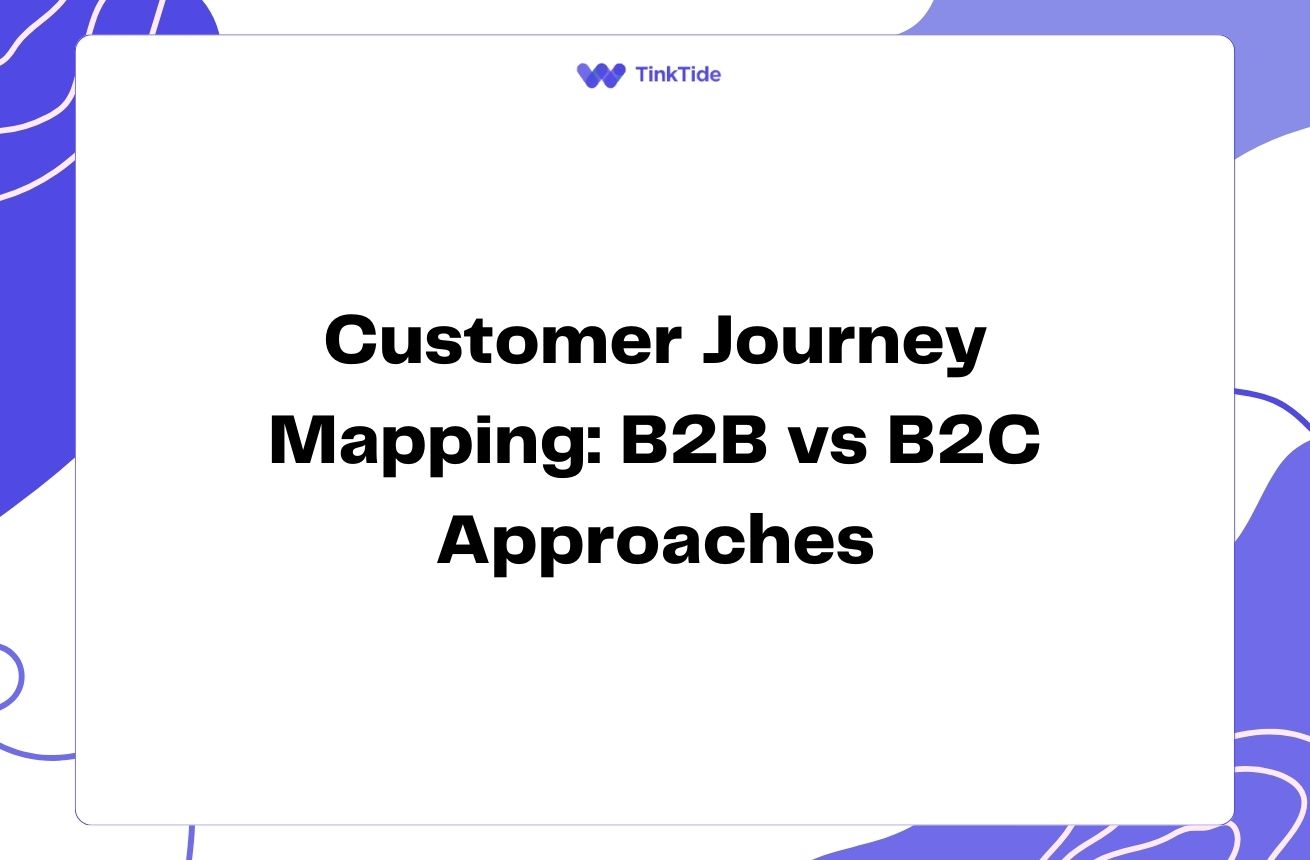Mastering Cohesive Customer Journey Maps: Digital and Physical
Understanding the Omnichannel Customer Journey
In today's interconnected world, customers interact with brands through a variety of digital and physical touchpoints. Creating a cohesive customer journey map that spans both realms is crucial for delivering a seamless and satisfying experience. Let's explore how to craft comprehensive journey maps that bridge the gap between online and offline interactions.
An omnichannel customer journey encompasses all the ways a customer interacts with your brand, from browsing your website to visiting a physical store. By mapping out these touchpoints, you can identify opportunities to enhance the customer experience and ensure consistency across all channels.
According to a study by McKinsey, companies that provide a consistent omnichannel experience retain 89% of their customers, compared to only 33% for those with weak omnichannel strategies.
To create an effective omnichannel journey map, you need to consider both the digital touchpoints (such as websites, mobile apps, and social media) and physical touchpoints (like brick-and-mortar stores, events, and customer service centers). This holistic approach allows you to identify pain points and opportunities across the entire customer experience.
Key Elements of a Cohesive Customer Journey Map
When creating a customer journey map that spans both digital and physical touchpoints, consider including these essential elements:
- Customer personas: Detailed profiles of your target audience
- Touchpoints: All interactions between the customer and your brand
- Customer actions: What customers do at each stage of their journey
- Emotions: How customers feel during each interaction
- Pain points: Challenges or frustrations customers experience
- Opportunities: Areas for improvement or innovation
Identifying and Mapping Touchpoints
To create a comprehensive journey map, start by identifying all possible touchpoints. Digital touchpoints might include your website, mobile app, email marketing, social media platforms, and online ads. Physical touchpoints could encompass store visits, product packaging, customer service calls, and in-person events.
Use customer feedback, analytics data, and employee insights to map out these touchpoints. Tools like Google Analytics can help you track online interactions, while customer surveys and in-store observations can provide valuable information about physical touchpoints.
Remember to consider the entire customer lifecycle, from awareness and consideration to purchase, usage, and loyalty. This comprehensive approach ensures you don't overlook any critical interactions that could impact the customer experience.
Once you've identified all touchpoints, organize them chronologically to create a visual representation of the customer's journey. This will help you spot patterns, gaps, and opportunities for improvement across both digital and physical channels.
Ensuring Consistency Across Channels
Consistency is key to creating a cohesive customer experience. Ensure that your brand messaging, visual identity, and customer service standards are uniform across all touchpoints. This consistency helps build trust and reinforces your brand identity.
For example, if a customer starts their journey by researching products on your website, they should encounter the same information and pricing when they visit your physical store. Similarly, the tone and style of your customer service should be consistent whether a customer is interacting with a chatbot or speaking to an in-store representative.
To achieve this consistency, create detailed brand guidelines that cover both digital and physical touchpoints. Train your staff to deliver a consistent experience, and regularly audit your touchpoints to ensure they align with your brand standards.
Research by Salesforce shows that 76% of customers expect consistent interactions across departments. By ensuring consistency, you're meeting this expectation and building stronger relationships with your customers.
Leveraging Technology to Bridge Digital and Physical Experiences
Technology plays a crucial role in creating seamless transitions between digital and physical touchpoints. Consider implementing solutions that enhance the omnichannel experience, such as:
- Mobile apps with in-store features (e.g., product scanning, digital coupons)
- Click-and-collect services that combine online shopping with in-store pickup
- Augmented reality (AR) tools for virtual product try-ons
- QR codes on physical products that link to digital content
- Location-based notifications to enhance the in-store experience
These technologies can help create a more integrated and personalized customer journey. For instance, Sephora's Virtual Artist app allows customers to try on makeup virtually before making a purchase in-store or online, seamlessly blending digital and physical experiences.
Gathering and Analyzing Customer Feedback
To continuously improve your customer journey map, it's essential to gather and analyze feedback from both digital and physical touchpoints. Use a combination of methods to collect this valuable data:
- Online surveys and feedback forms
- In-store feedback kiosks
- Social media monitoring and sentiment analysis
- Customer service interactions and support tickets
- Focus groups and user testing sessions
Analyze this feedback to identify pain points, areas for improvement, and opportunities for innovation across your entire customer journey. Use tools like Qualtrics or SurveyMonkey to streamline the feedback collection and analysis process.
Regularly update your customer journey map based on this feedback to ensure it remains accurate and relevant. This iterative approach will help you continuously enhance the customer experience across all touchpoints.
Address common questions
Here are some frequently asked questions about creating cohesive customer journey maps:
How often should I update my customer journey map?
It's recommended to review and update your customer journey map at least once a year, or more frequently if you're experiencing significant changes in customer behavior or introducing new products or services. Regular updates ensure your map remains relevant and accurate.
What tools can I use to create a customer journey map?
There are various tools available for creating customer journey maps, ranging from simple options like Microsoft PowerPoint or Google Slides to specialized software like Miro, UXPressia, or Smaply. Choose a tool that allows for easy collaboration and updates.
How can I involve my team in the journey mapping process?
Involve team members from different departments in the journey mapping process through workshops, brainstorming sessions, and collaborative mapping exercises. This cross-functional approach ensures a comprehensive view of the customer experience and helps build buy-in across the organization.
What metrics should I track to measure the success of my customer journey?
Key metrics to track include customer satisfaction scores (CSAT), Net Promoter Score (NPS), customer retention rates, conversion rates at each stage of the journey, and customer lifetime value (CLV). Also, monitor channel-specific metrics like website engagement, in-store foot traffic, and social media interactions.
How can I personalize the customer journey across different touchpoints?
Leverage customer data and AI-powered tools to deliver personalized experiences across touchpoints. Use techniques like dynamic content on your website, targeted email campaigns, and personalized in-store recommendations based on online browsing history. Ensure that customer preferences and history are accessible across all channels for a truly personalized experience.
What are some common challenges in creating an omnichannel journey map?
Common challenges include data silos between departments, inconsistent customer experiences across channels, difficulty in tracking customers across multiple touchpoints, and resistance to change within the organization. Address these challenges by fostering cross-departmental collaboration, implementing integrated technology solutions, and cultivating a customer-centric culture throughout your company.
Provide additional resources
Nielsen Norman Group: Customer Journey Mapping 101
A comprehensive guide to customer journey mapping fundamentals
Harvard Business Review: The Truth About Customer Experience
Insights on creating seamless customer journeys
Forrester: The State of Customer Journey Mapping
Research on current trends and best practices in journey mapping
McKinsey: The three Cs of customer satisfaction
Article on the importance of consistency in customer experience
Gartner: Create Powerful Customer Experiences
Strategies for enhancing customer experiences across touchpoints
Summarize key takeaways
Creating cohesive customer journey maps that span both digital and physical touchpoints is essential for delivering a seamless and satisfying customer experience. By identifying all touchpoints, ensuring consistency across channels, leveraging technology, and continuously gathering and analyzing feedback, you can create a comprehensive map that drives customer satisfaction and loyalty.
Remember that customer journey mapping is an ongoing process. Regularly update your maps to reflect changing customer behaviors, new technologies, and evolving business goals. By maintaining a holistic view of the customer journey, you can identify opportunities for improvement and innovation that will set your brand apart in today's competitive marketplace.
Start implementing these strategies today to create more cohesive and effective customer journey maps that bridge the gap between digital and physical experiences. Your customers will appreciate the seamless interactions, and your business will reap the benefits of increased loyalty and customer satisfaction.
Elevate Your Customer Journey Mapping
Ready to create cohesive customer experiences? Start mapping your customer journey with Tinktide.
Start Your Free Trial

